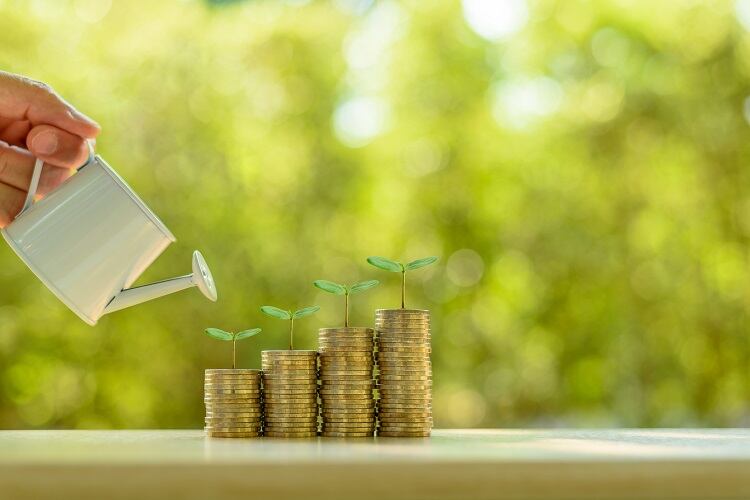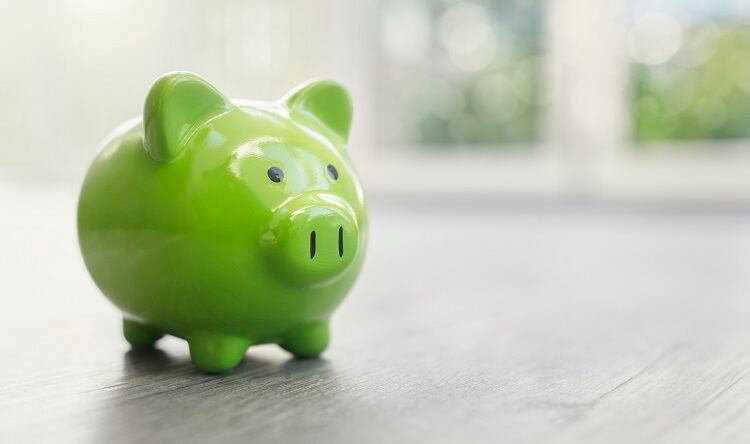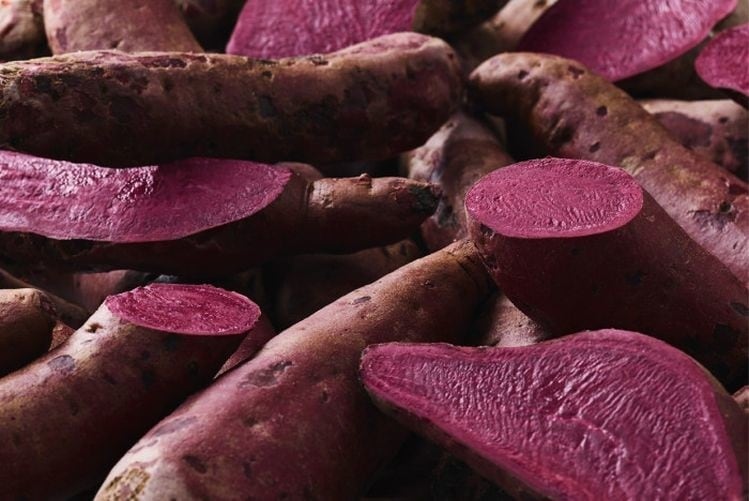Danish ingredients supplier Chr. Hansen has come to the end of an ‘extremely eventful’ financial year.
Not only did the company take on three new businesses, but within the past two months alone, it announced the sale of its Natural Colors Division, and published its 2025 Strategy.
Having released its 2019/20 annual report earlier today (8 October), FoodNavigator caught up with CEO Mauricio Graber to ask how these milestones have, and are expected to, impact the company’s balance sheet.
Crunching numbers
Chr. Hansen reported 5% organic growth for the fiscal year 2019/20, sitting in the middle of its 4-6% guidance.
There were some variances between the quarters, noted Graber. “Organic growth in the fourth quarter was 7%. [And] if you take the organic growth for the microbial platform in Q4 – that is what we consider as ‘continued operations’ – that was 9%.”
Having adjusted for a negative currency impact of 3%, due to the US dollar and other currency devaluation against the euro, Chr. Hansen’s organic growth corresponded to a revenue increase of 2% (€11.8bn).
EBIT before special items increased by 4% year-on-year to €356m. The EBIT margin before special items was 29.9%, compared to 29.6% in 2018/19.
Free cash flow before acquisitions and special items was also up year-on-year – sitting at €245m compared to €162m last financial year.
A breakdown of organic growth within Chr. Hansen’s businesses reveals that Food Cultures & Enzymes was up 5% year-on-year. This was largely driven by strong growth in enzymes (including the launch of CHY-MAX Supreme) and continued growth in categories such as cheese and meat cultures, the company reported.

Probiotics, however, declined. This was largely due to lower volumes in China and Asia – where according to Chr. Hansen’s estimates, a ‘roughly flat’ end market for fermented milk was observed. The impacts of COVID-19 led to reduced output in China – the largest yogurt market in the world – between February and August.
Elsewhere in the company, Chr. Hansen’s Health and Nutrition business saw impressive organic growth of 9% year-on-year.
M&A and divestment prompts ‘extraordinary’ dividend schedule
The recently divested Natural Colors Division, however, experienced 0% organic growth. “The business was flat,” Graber explained. “Part of the reason why the business was flat is because…it has a little bit more exposure to COVID-related effects, [such as] foodservice.”
Having announced plans to review the division in late August 2020, Chr. Hansen had found a buyer by late September in Swedish private equity firm EQT. The parties agreed on a purchase price of €800m, with the transaction expected to close in H1 2021.
Chr. Hansen adopted an aggressive M&A strategy this year. The ingredients supplier made three acquisitions within a short period of time, taking over Austrian B2B company HSO Health Care, US-based probiotics firm UAS Labs, and Germany-headquartered Human Milk Oligosaccharides (HMO) specialist Jennewein Biotechnologie in 2020 alone.
Graber said he is convinced these portfolio changes will prove ‘very attractive’ in terms of long-term value creation, while giving a ‘slight short-term negative’ EBIT margin impact.
The impact of Chr. Hansen’s strong acquisition strategy, combined with its divestment of Natural Colors, had led to an ‘extraordinary’ dividend schedule, the CEO explained.
The Board of Directors has decided not to propose an ordinary dividend for 2019/20, to prudently manage the leverage of the company. Instead, when the sale of the Natural Colors business is completed, the Board expects to pay out an extraordinary dividend.
The amount will be ‘at least equal’ to the ordinary dividends, Graber told FoodNavigator. “We are really talking about the timing of the dividends…We would not like to further be in debt [having leveraged the business for M&A] with paying an ordinary dividend, but we will pay the equivalent of that ordinary dividend a few months later in the spring, when we can expect the Natural Colors divestment to be completed.”
Behind Chr. Hansen’s ‘cautious’ financial outlook
Chr. Hansen has detailed a ‘cautious’ financial outlook for 2020/21, with organic growth predicted to sit somewhere between 5-8%.
Expected EBIT margin before special items is 27-28%, and free cash flow before acquisitions and special items is €120-160m.
A number of drivers led Chr. Hansen to these figures, including COVID-19 and global recession uncertainties, and ‘headwinds’ from currencies. A ‘slight headwind’ from the portfolio changes is also expected, as the company focuses on integrating the acquired businesses.
Elsewhere in the current political and economic environment, disruptions to foodservice could impact consumption habits, and travel bans could hinder the advancement of Chr. Hansen’s commercial project pipeline.
Other potential negative factors at play include the economic climate in several emerging markets, such as China, Turkey, Brazil, and Argentina, the overall situation in the Middle East, a deterioration in global trading conditions, and a negative Brexit scenario.

Graber assured FoodNavigator that the 2020/21 outlook, although ‘cautious’, is in line with the company’s long-term strategy.
Chr. Hansen stated in its 2025 Strategy that it aims to deliver mid- to high single-digit organic growth, averaged over the period 2018/19 – 2025, and an increase in EBIT margin before special items, portfolio changes and currency impacts.
“So the guidance we are providing for next year is quite consistent on our journey to our long-term financial ambitions,” Graber told FoodNavigator. “We did say that in the first years of our plan, we will probably have less visibility because of COVID.
“We are guiding 5-8%, and I think 5-8% on any portfolio would position us as a growth company. I believe there are very few companies from the ingredients sector that will be able to communicate a 5-8% growth, as we have communicated.”
Excluding the -1% income from currencies, and the short term impact of the appreciation and homogenisation of the acquired businesses, Graber said Chr. Hansen’s journey towards EBIT expansion is ‘in tact’.
“Even though it’s a broader range, and it could be a cautious guidance, I think it sets a very strong foundation for the continued growth and EBIT margin expansion of the company.”





